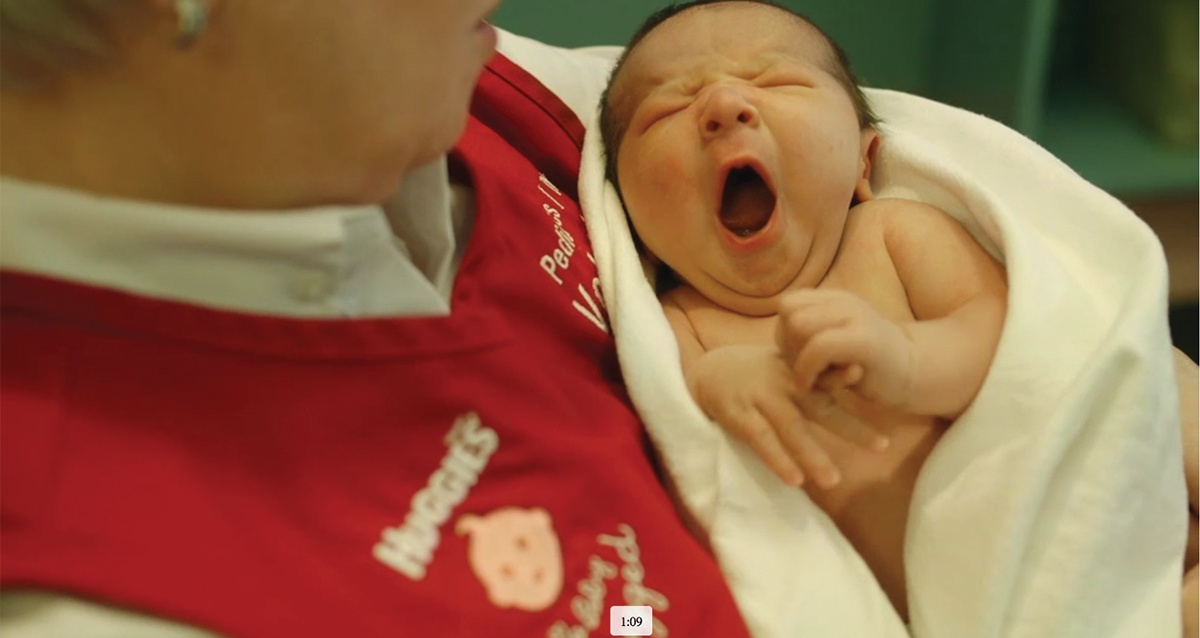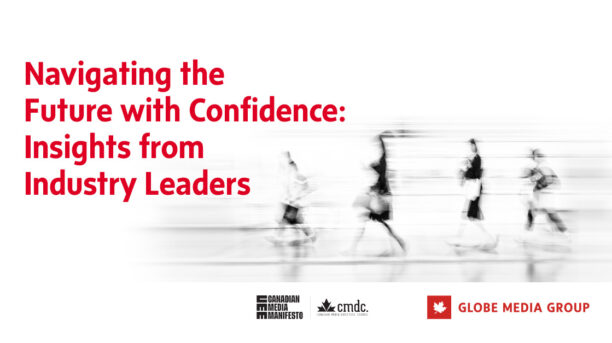MICHELLE LEE, DIRECTOR, STRATEGIC PLANNING, OGILVY
Creative agencies don’t value analytical rigour. Consultancies don’t value creative. This is the tug of war that is raging in the advertising industry as clients demand a bigger commitment to effectiveness from agencies and a stronger focus on creativity from consultancies. Neither, it seems, has been able to effectively combine the art of advertising with the science of measurement.
As agencies scramble to defend their turf and consultancies race to buy up creative agencies, Ogilvy has been quietly developing and investing in proprietary tools, frameworks and processes based on an entirely different approach: behavioural science, a field of study that has revolutionized industries as far reaching as politics and medicine but only recently has been leveraged in advertising.
With this approach, Ogilvy has flipped the proverbial marketing funnel on its head by creating communications which prioritize action (or behavioural change) over attitudinal change. This means that the agency is not just focused on driving returns on longer term metrics like brand equity but also on shorter term metrics like dollar sales and volume increases.
According to behavioural science, consumers make most of their decisions (including buying decisions) quickly and unconsciously, generally post-rationalizing later. So instead of creating advertising which promotes rationally driven product benefits (i.e. cheaper, faster, cleaner), we’re focused on designing communications which rely on mental shortcuts or biases: I buy what I’ve always bought (habit), I buy what others buy (social norms), I buy what makes me feel like I’m a good Mom (confirmation bias).
Since consumers make tens of thousands of decisions a day and 90% of these decisions are made intuitively, Ogilvy has created its own internal “Nudge Unit” to help consumers make the decisions they want them to make – whether buy more, choose this brand over that, or use this credit card instead of that one.
Given that triggering behavioural change requires a combination of motivation and ease, this approach helps to identify the appropriate bias or mental shortcut they should employ based on whether the challenge requires more or less effort, more or less motivation.
Re-engineering advertising fundamentals
This approach completely flies in the face of traditional advertising because it acknowledges that the best advertising works subconsciously by helping consumers make decisions effortlessly. This is in direct contrast to how most advertising is developed and tested because it encourages the measurement of implicit indicators such as feeling and speed rather than explicit indicators including recall and comprehension.
Michelle Lee, Head of Strategic Planning at Ogilvy, says: “Even the most seasoned practitioners in our industry have an entirely antiquated and wholly disproven understanding of how advertising actually works. Despite rapid advances in how consumers make decisions, our purchase models and research frameworks have basically remained unchanged since the 1950s.”
The agency’s work on clients as diverse as Huggies, Sugar-Crisp, and American Express are all illustrations of this approach.
/arc-anglerfish-tgam-prod-tgam.s3.amazonaws.com/public/JJEAKK6MGRGT3J4WNOIAFWG4FM.jpg)
Building authority to beat Pampers at its own game
Consumers rely on authority figures to make buying decisions and since Pampers has historically been the authority on diapers, the brand needed to find its own authority. So the agency engineered a partnership with the Canadian Association of Pediatric Health Centres to build volunteer hugging programs in hospitals across the country, highlighting the medical importance of skin-to-skin hugging for newborns. The campaign, ‘No Baby Unhugged’, reversed an almost 10-year decline in Huggies’ sales, outpacing newborn category growth by two-to-one and stealing more than two share points from Pampers.
/arc-anglerfish-tgam-prod-tgam.s3.amazonaws.com/public/Q45HYA3YFRE5RJLP4NE7YQW7X4.jpg)
Leveraging in-group bias to get gamers to choose Sugar-Crisp
In-group bias is the tendency for people to give preferential treatment to those that are members of their own group. In order to persuade Generation Z to connect with a nostalgic brand in a mature category, Ogilvy positioned Sugar-Crisp as an insider. Since 70% of those aged 18-24 who eat Sugar-Crisp are also active gamers, the agency designed the Sugar-Crisp Spout, a hands-free device that enabled gamers to keep playing while snacking. The Spout gave Sugar-Crisp instant insider credibility and drove a 15% increase in the brand’s sales.
/arc-anglerfish-tgam-prod-tgam.s3.amazonaws.com/public/UOWGH52MHJE3LLCPGZIVVT23FQ.jpg)
Reinforcing the status quo bias to warm Millennials to Amex
Consumers are creatures of habit. They buy the same brands, shop at the same places, eat at the same restaurants, all on autopilot. American Express used status quo bias to its advantage by highlighting how unlike with other alternatives, Millennials wouldn’t have to change their life to fit the new Cobalt card. The campaign, ‘You do You’ became one of the most successful card launches in American Express’ recent history.
A relentless focus on effectiveness
Lee says: “What behavioral science gives us is a proven and repeatable formula for success. We can now add scientific merit to the techniques that we’ve been intuitively applying to creativity which means we can deliver the business results clients demand over and over again.”
David Ogilvy, the agency’s founder, famously said “We sell or else.” This mantra continues to drive Ogilvy’s commitment to effectiveness. Coupled with behavioural science, it’s an approach that is delivering impressive results. Ahead of the upcoming inaugural Effie Canada awards the agency has been shortlisted for 12 Effies, an accolade that emphasizes its status among the most effective creatively-driven agencies in Canada.
The Institute of Communication Agencies’ Report on Marketing is where leading Canadian agencies showcase their insights, cutting-edge research and client successes. The Report on Marketing provides a valuable source of thought leadership for Canadian marketers to draw inspiration from. Find more articles like this at the Report on Marketing.




